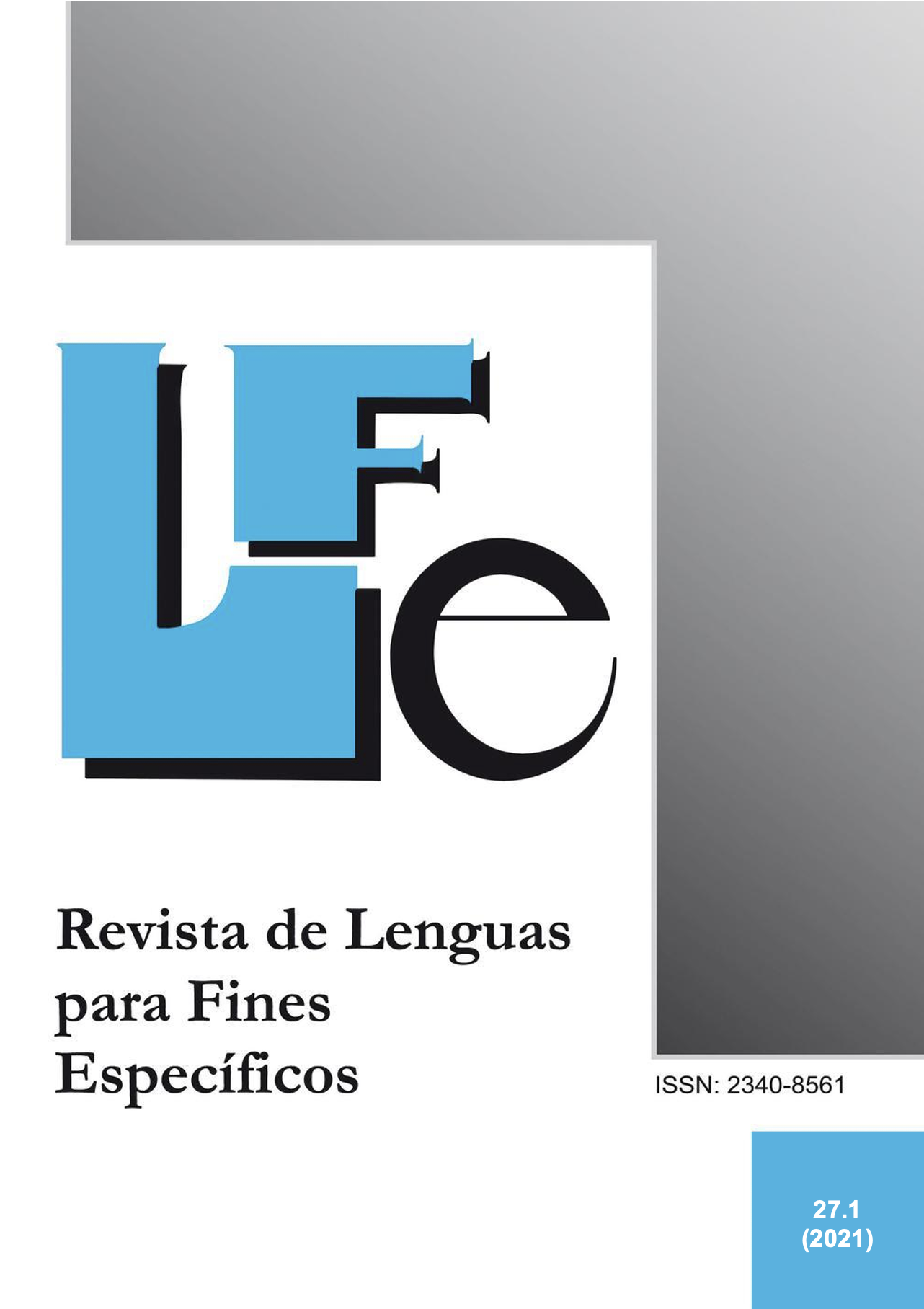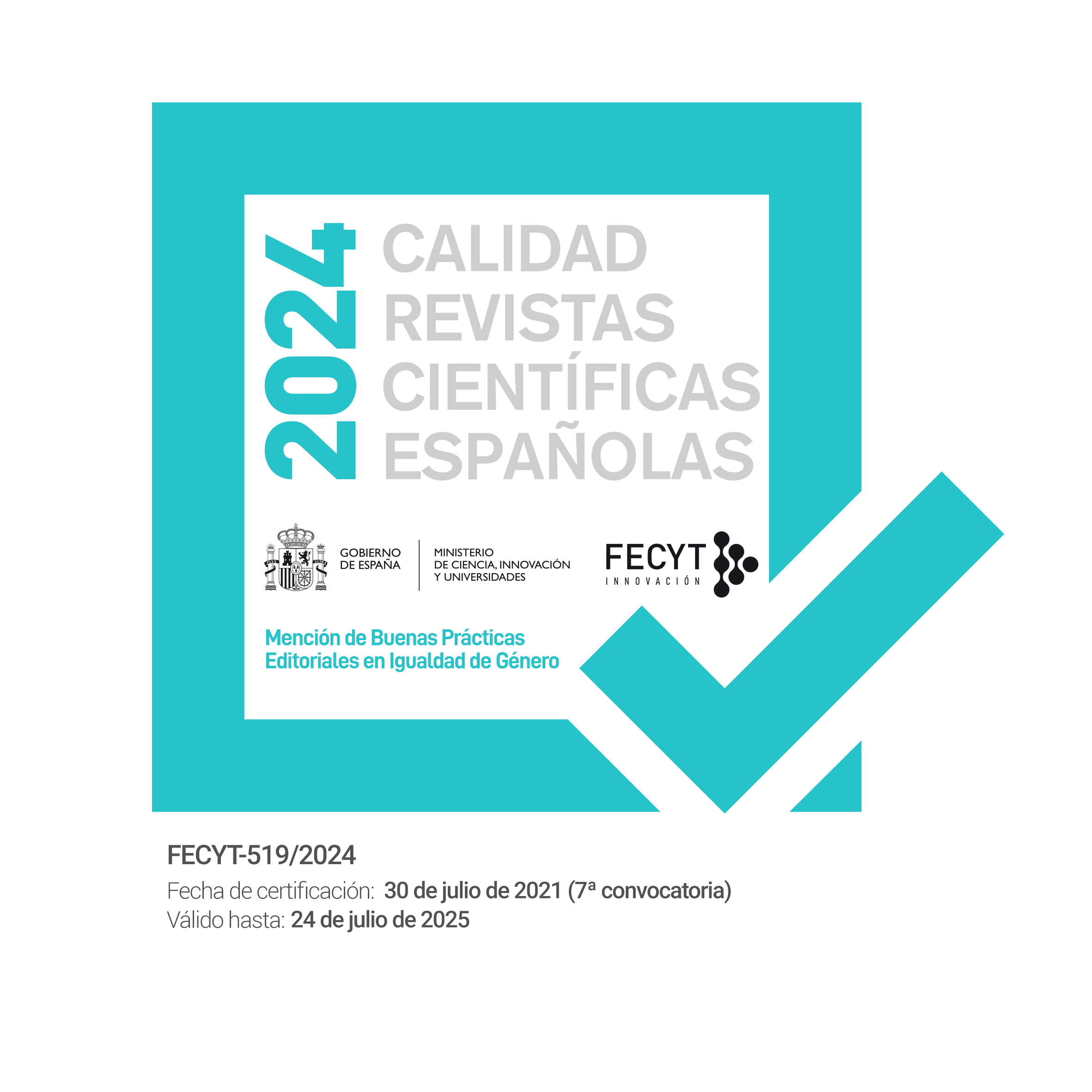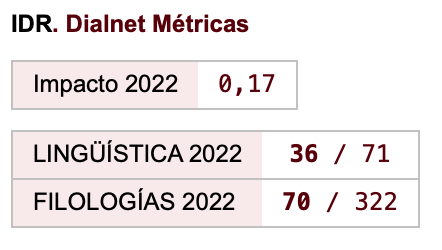Chemical vocabulary in Middle English medical manuscripts
Keywords:
Middle English, medical manuscripts, chemica, simplex terms, noun combinationsAbstract
Hunt (1990: 19) has claimed that in medical recipes “mineral and chemical elements are unusual”. Even if the number of elements cannot be compared to the estimated 1,800 plant names attested in Middle English (Sauer 2011: 57), our research reveals that in Middle English medical manuscripts, there is a good number of chemical items including substances like metals and their compounds, extracts from plants, medical earth and man-made medical ingredients. A comprehensive linguistic analysis of the entire material containing these substances in medieval medical manuscripts has yet to be carried out. In order to study the lexis of chemical ingredients, a corpus of about 215,000 words has been specially compiled from different British libraries. The aim is to undertake a linguistic analysis of the lexicon of this field in Middle English based on the data retrieved from representative authentic sources, most of which has never been published. We examine the provenance of the nouns according to their etymology to check whether they are borrowings or native words in the case of simplex terms. We also analyse the structure and the constituents present in nominal combinations according to the usual taxonomies based on Bauer (1983 and 2017) and Marchand (1969), but specialised classifications on the topic are also used (Norri, 1991).
Downloads
References
Alonso-Almeida, F. (2000). Edition and Study of a Late Medieval English Medical Receptarium: GUL MS Hunter 185 (T. 8.17). Unpublished Doctoral Dissertation. University of Las Palmas de Gran Canaria.
Alonso-Almeida, F. (2014). A Middle English Medical Remedy Book. Heidelberg: Winter.
Bauer, L. (1983). Word Formation. Cambridge: Cambridge University Press.
Bauer, L. (2017). Compounds and Compounding. Cambridge: Cambridge University Press.
Carrillo-Linares, M.J. (1997). Edición de una Versión en Inglés Medio del Antidotarium Nicholai. Unpublished Doctoral Dissertation: University of Sevilla.
De la Cruz-Cabanillas, I. & Diego-Rodríguez, I. (2018). Therapeutic Plant Names: Neologising, Borrowing and Compounding in a Late Middle English Medical Corpus. Presented at the 20th International Conference of English Historical Linguistics (ICEHL). University of Edinburgh, Scotland.
Getz, F.M. (1991). Healing and Society in Medieval England: A Middle English Translation of the Pharmaceutical Writings of Gilbertus Anglicus. Madison: University of Winsconsin Press.
Grund, P.J. (2013). The ‘Forgotten’ Language of Middle English Alchemy: Exploring Alchemical Lexis in the MED and the OED. Review of English Studies, 65(271), 575–95.
Hunt, T. (1989). Plant Names of Medieval England. Cambridge: D. S. Brewer.
Hunt, T. (1990). Popular Medicine in Thirteenth Century England. Cambridge: D. S. Brewer.
Kastovsky, D. (1992). Semantics and Vocabulary. In R. Hogg (Ed.), The Cambridge History of the English Language. Vol. 1 The Beginnings to 1066 (pp. 290–408). Cambridge: Cambridge University Press.
Krische, U. (2010). The Old English Complex Plant Names: A Linguistic Survey and a Catalogue. Frankfurt am Main: Peter Lang.
Marchand, H. (1969). The Categories and Types of Present-Day English Word-Formation. A Synchronic and Diachronic Approach, 2nd ed. Munich: C. H. Beck.
Middle English Dictionary. Online edition: <https://quod.lib.umich.edu/m/med/> [20/12/2020].
Miranda-García, A. and Calle-Martín, J. (2012). The Middle English Version of De Viribus Herbarum (GUL MS Hunter 497, ff. 1r-92r). Edition and Philological Study. Frankfurt am Main: Peter Lang.
Norri, J. (1991). Notes on the Origin and Meaning of Chemical Terms in Middle English Manuscripts. Neophilologische Mitteilungen, 92, 215–36.
Norri, J. (2016). Dictionary of Medical Vocabulary in English, 1375–1550, Vols. 1, 2. London: Routledge.
Oxford English Dictionary. Online edition: [20/12/2020].
Pahta, P. (2004). Code-Switching in Medieval Medical Writing. In I. Taavitsainen & P. Pahta (Eds.), Medical and Scientific Writing in Late Medieval English (pp. 73–99). Cambridge: Cambridge University Press.
Pahta, P. & Taavitsainen, I. (2004). Vernacularisation of Scientific and Medical Writings in its Sociohistorical Context. In I. Taavitsainen & P. Pahta (Eds.), Medical and Scientific Writing in Late Medieval English (pp. 1–22). Cambridge: Cambridge University Press.
Sauer, H. (1995). On the Analysis of Old and Middle English Plant Names. In B. Santano-Moreno (Ed.), Proceedings of the 10th International Conference of the Spanish Society of Medieval Language and Literature (pp. 299–325). Cáceres: Universidad de Extremadura
Sauer, H. (2011). Patterns of Loan-Influence on the Medieval English Plant Names, with Special Reference to the Influence of Greek. In J. Fisiak, & M. Bator (Eds.), Foreign Influence on Medieval English (pp. 55–76). Frankfurt am Main: Peter Lang.
Schendler, H. & Wright, L. (2011). Code-Switching in Early English: Historical Background and Methodological and Theoretical Issues. In H. Schendler & L. Wright (Eds.), Code-Switching in Early English (pp. 15-46). Berlin: De Gruyter.
Skaffari, J. (2016). Code-Switching and Vernacular Support: An Early Middle English Case Study. Multilingua, 35(2), 203-226.
Sakaffari, J. & Mäkilähde. A. (2014). Code-Switching in Historical Materials: Research at the Limits of Contact Linguistics. In R. Nicolaï (Ed.), Questioning Language Contact: Limits of Contact (pp. 252-279). Leiden: Brill.
Downloads
Published
How to Cite
Issue
Section
License
Authors who publish with this journal agree to the following terms:
- Authors retain copyright and grant the journal right of first publication with the work simultaneously licensed under a Creative Commons Attribution License that allows others to share the work with an acknowledgement of the work's authorship and initial publication in this journal.
- Authors are able to enter into separate, additional contractual arrangements for the non-exclusive distribution of the journal's published version of the work (e.g., post it to an institutional repository or publish it in a book), with an acknowledgement of its initial publication in this journal.
- Authors are permitted and encouraged to post their work online (e.g., in institutional repositories or on their website) prior to and during the submission process, as it can lead to productive exchanges, as well as earlier and greater citation of published work (See The Effect of Open Access).

Revista de Lenguas para fines específicos is licensed under a Creative Commons Reconocimiento-NoComercial-SinObraDerivada 4.0 Internacional License.
























